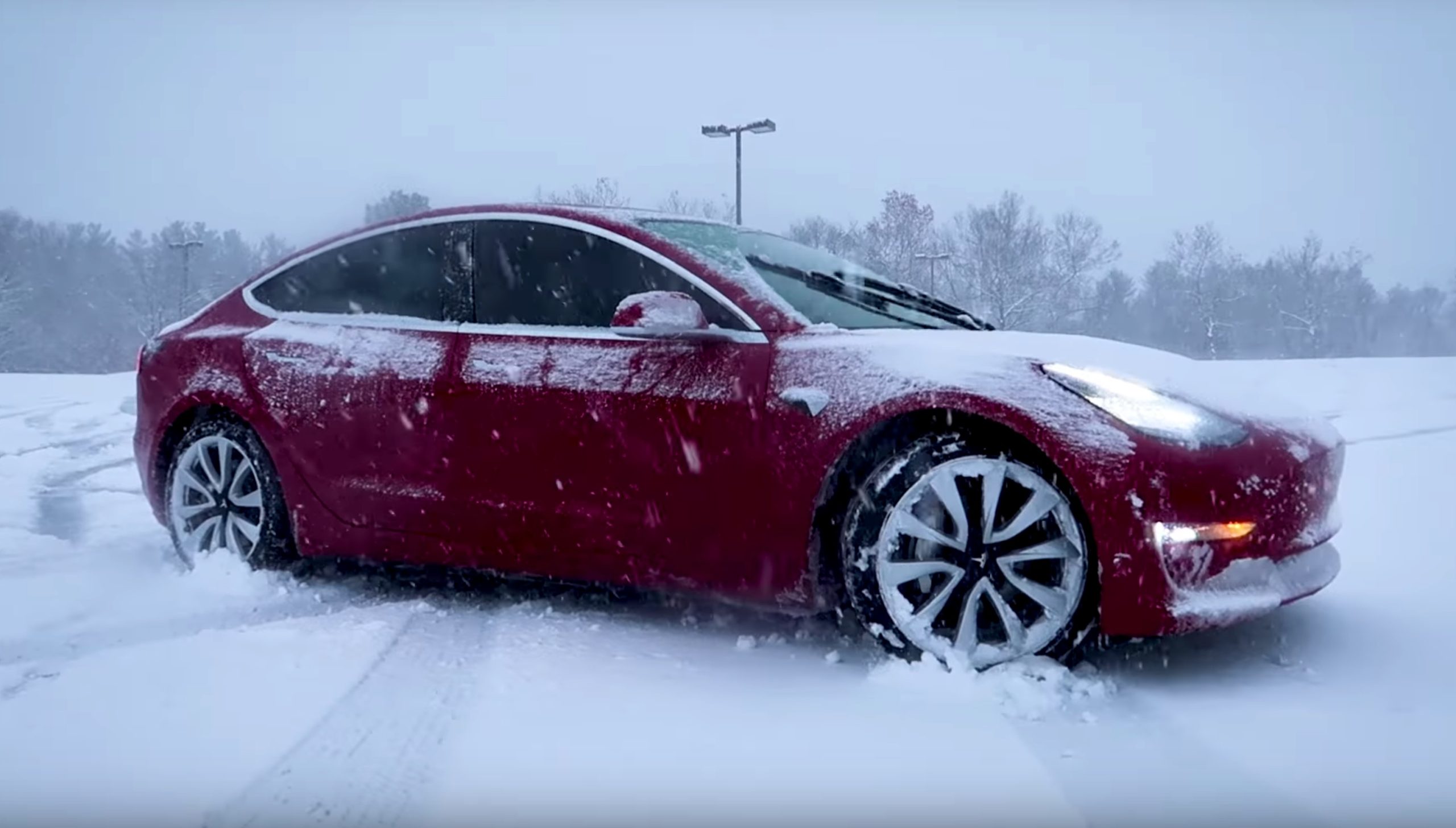
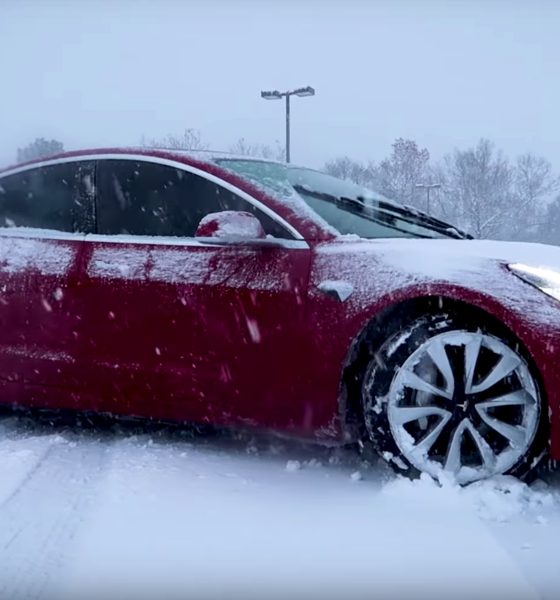
News
Tesla extends Supercharger Network's reach deeper into the Arctic Circle
With the arrival of the Model 3 and the eventual production of the Model Y in Gigafactory 4, Europe will need as many Tesla Superchargers as it can get. Fortunately, the electric car maker appears to be preparing for an influx of new electric car owners already, with the company expanding the Supercharger Network deeper into the Arctic Circle.
The Supercharger Network, which currently shows close to 16,000 Supercharging stalls worldwide at over 1,800 stations, already covers much of Europe. However, some parts of the Arctic Circle remain underserved, particularly in the northernmost regions of Sweden, Finland, and Norway. This latest expansion, which will include stations in Finnmark and Lapland, will allow electric car owners to travel with confidence even into the northernmost regions of Europe.
The sites that will host Tesla’s new Arctic Circle Superchargers have already been mapped by Tesla, though the electric car maker is yet to reveal if the new stations will be comprised of V3 stalls or its older V2 stations. Tesla is currently ramping its V3 network, though the majority of the company’s fast-chargers are still comprised of V2 chargers.
The expansion of the Supercharger Network further into the Arctic Circle is indicative of Tesla’s efforts to saturate the globe with a convenient system of rapid chargers for electric cars. The Supercharger Network is already notable for its speed and its reach, and in the United States, at least, it is really the only fast-charging infrastructure that can offer electric car owners a solid way to cross the country without much delays or difficulties. This is especially true with the advent of the V3 Superchargers, which have a peak output of 250 kW or 1,000 mph.
In a way, Tesla’s expansion into the Arctic bodes well for electric car owners in Europe’s northernmost regions. Teslas, after all, have proven popular in the region, thanks to their practicality and performance. The Model 3, for one, has become so popular in the Netherlands that it actually beat the Volkswagen Polo to become the country’s most popular car, electric or otherwise. The same is true for Norway, another country that has embraced the Model 3 fully.
Tesla has reached a point where it is gaining the capability to saturate the market with high-volume vehicles like the Model 3. The Model Y, which is coming next year, is expected to far outsell the Model 3, resulting in an even larger number of new electric car owners, most of whom will require a stable charging infrastructure for extended trips. For these needs, Tesla’s ever-growing Supercharger Network would most definitely be the answer.

Cybertruck
Tesla made a change to the Cybertruck and nobody noticed
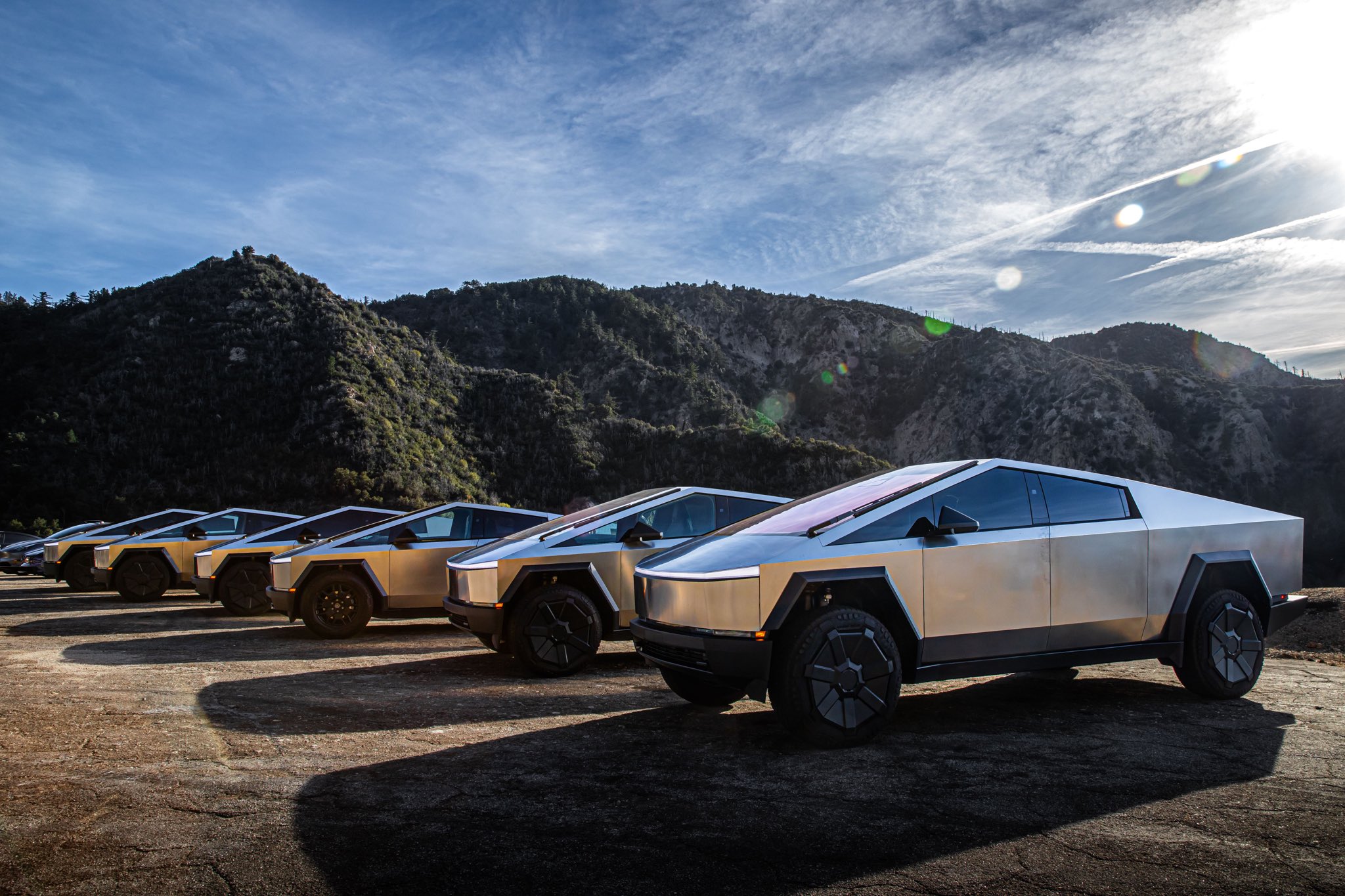
Tesla made a change to the Cybertruck, and nobody noticed. But to be fair, nobody could have, but it was revealed by the program’s lead engineer that it was aimed toward simplifying manufacturing through a minor change in casting.
After the Cybertruck was given a Top Safety Pick+ award by the Insurance Institute for Highway Safety (IIHS), for its reputation as the safest pickup on the market, some wondered what had changed about the vehicle.
Tesla makes changes to its vehicles routinely through Over-the-Air software updates, but aesthetic changes are relatively rare. Vehicles go through refreshes every few years, as the Model 3 and Model Y did earlier this year. However, the Cybertruck is one of the vehicles that has not changed much since its launch in late 2023, but it has gone through some minor changes.
Most recently, Wes Morrill, the Cybertruck program’s Lead Engineer, stated that the company had made a minor change to the casting of the all-electric pickup for manufacturing purposes. This change took place in April:
We made a minor change on the casting for manufacturability in April. Our Internal testing shows no difference in crash result but IIHS only officially tested the latest version
— Wes (@wmorrill3) December 17, 2025
The change is among the most subtle that can be made, but it makes a massive difference in manufacturing efficiency, build quality, and scalability.
Morrill revealed Tesla’s internal testing showed no difference in crash testing results performed by the IIHS.
The 2025 Cybertruck received stellar ratings in each of the required testing scenarios and categories. The Top Safety Pick+ award is only given if it excels in rigorous crash tests. This requires ‘Good’ ratings in updated small and moderate overlap front, side, roof, and head restraints.
Additionally, it must have advanced front crash prevention in both day and night. Most importantly, the vehicle must have a ‘Good’ or ‘Acceptable’ headlights standard on all trims, with the “+ ” specifically demanding the toughest new updated moderate overlap test that checks rear-seat passenger protection alongside driver safety.
News
Tesla enters interesting situation with Full Self-Driving in California
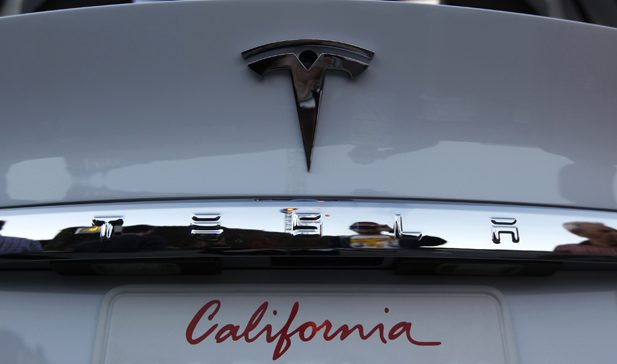
Tesla has entered an interesting situation with its Full Self-Driving suite in California, as the State’s Department of Motor Vehicles had adopted an order for a suspension of the company’s sales license, but it immediately put it on hold.
The company has been granted a reprieve as the DMV is giving Tesla an opportunity to “remedy the situation.” After the suspension was recommended for 30 days as a penalty, the DMV said it would give Tesla 90 days to allow the company to come into compliance.
The DMV is accusing Tesla of misleading consumers by using words like Autopilot and Full Self-Driving on its advanced driver assistance (ADAS) features.
The State’s DMV Director, Steve Gordon, said that he hoped “Tesla will find a way to get these misleading statements corrected.” However, Tesla responded to the story on Tuesday, stating that this was a “consumer protection” order for the company using the term Autopilot.
It said “not one single customer came forward to say there’s a problem.” It added that “sales in California will continue uninterrupted.”
This was a “consumer protection” order about the use of the term “Autopilot” in a case where not one single customer came forward to say there’s a problem.
Sales in California will continue uninterrupted.
— Tesla North America (@tesla_na) December 17, 2025
Tesla has used the terms Autopilot and Full Self-Driving for years, but has added the term “(Supervised)” to the end of the FSD suite, hoping to remedy some of the potential issues that regulators in various areas might have with the labeling of the program.
It might not be too long before Tesla stops catching flak for using the Full Self-Driving name to describe its platform.
Tesla Robotaxi goes driverless as Musk confirms Safety Monitor removal testing
The Robotaxi suite has continued to improve, and this week, vehicles were spotted in Austin without any occupants. CEO Elon Musk would later confirm that Tesla had started testing driverless rides in Austin, hoping to launch rides without any supervision by the end of the year.
Investor's Corner
Tesla stock closes at all-time high on heels of Robotaxi progress
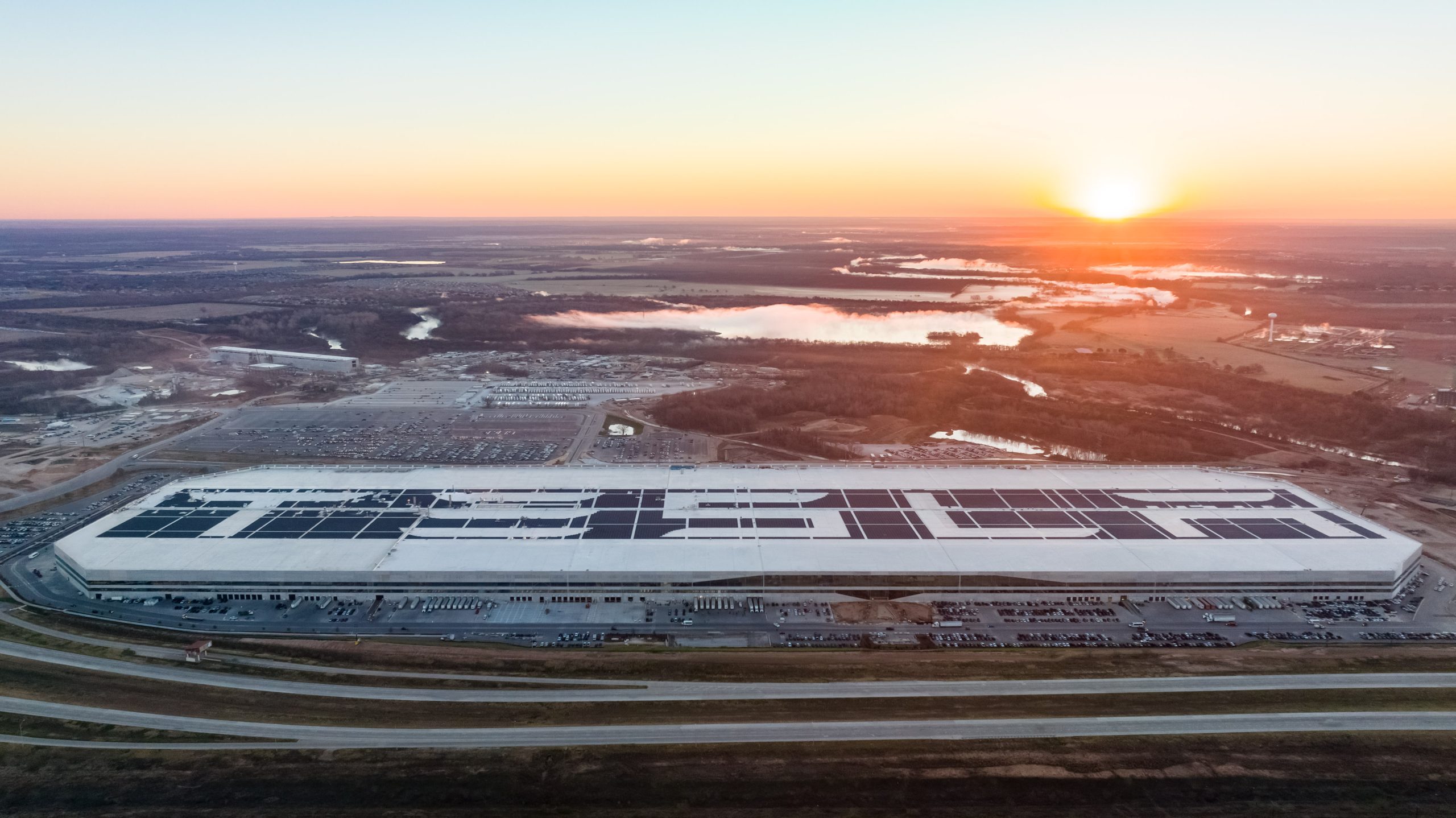
Tesla stock (NASDAQ: TSLA) closed at an all-time high on Tuesday, jumping over 3 percent during the day and finishing at $489.88.
The price beats the previous record close, which was $479.86.
Shares have had a crazy year, dipping more than 40 percent from the start of the year. The stock then started to recover once again around late April, when its price started to climb back up from the low $200 level.
This week, Tesla started to climb toward its highest levels ever, as it was revealed on Sunday that the company was testing driverless Robotaxis in Austin. The spike in value pushed the company’s valuation to $1.63 trillion.
Tesla Robotaxi goes driverless as Musk confirms Safety Monitor removal testing
It is the seventh-most valuable company on the market currently, trailing Nvidia, Apple, Alphabet (Google), Microsoft, Amazon, and Meta.
Shares closed up $14.57 today, up over 3 percent.
The stock has gone through a lot this year, as previously mentioned. Shares tumbled in Q1 due to CEO Elon Musk’s involvement with the Department of Government Efficiency (DOGE), which pulled his attention away from his companies and left a major overhang on their valuations.
However, things started to rebound halfway through the year, and as the government started to phase out the $7,500 tax credit, demand spiked as consumers tried to take advantage of it.
Q3 deliveries were the highest in company history, and Tesla responded to the loss of the tax credit with the launch of the Model 3 and Model Y Standard.
Additionally, analysts have announced high expectations this week for the company on Wall Street as Robotaxi continues to be the focus. With autonomy within Tesla’s sights, things are moving in the direction of Robotaxi being a major catalyst for growth on the Street in the coming year.








